I witnessed unimaginable horrors in Japan’s WW2 human experiment unit… I had to speak out for the sake of my children: Vet, 93, describes jars full of human bodies at notorious Unit 731 where POWs were dissected ALIVE and infected with plague
Sworn to secrecy by the Japanese Imperial Army, Hideo Shimizu carried the horrors he witnessed at the infamous Unit 731 facility with him for more than seventy years.
The 93-year-old was just 14 when he was drafted as a cadet to the city of Harbin, in then Japanese-occupied Manchuria, during World War II.
There he was groomed to take part in some of history’s worst atrocities: human experiments performed on prisoners of war, including pregnant women and small children.
More than 3,000 people – mostly Chinese civilians, but also Russian, British and American prisoners of war – were dissected alive, infected with the bubonic plague and used as human guinea pigs for freezing treatments in nightmarish torture laboratories.
Decades later, innocent photos of his grandchildren and great-grandchildren reminded Shimizu of the faces of the many victims he encountered at the slaughterhouse.
Hideo Shimizu, now a great-grandfather, has revealed the horrors he saw as a member of Unit 731
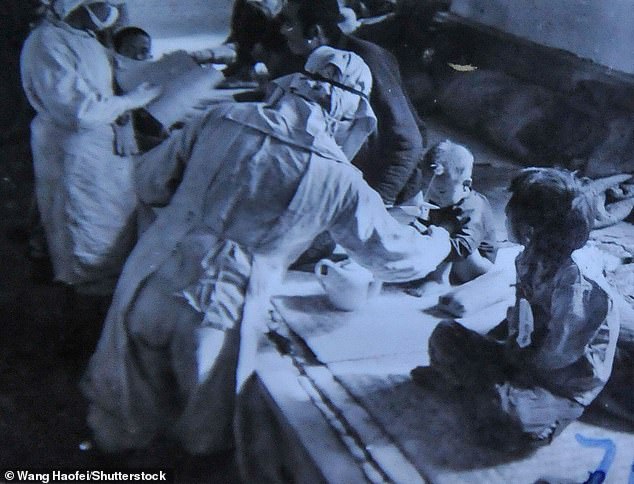
Manchukuo puppet state staff conducting bacteriological tests on infants and small children – under the direction of Japanese Unit 73 and Japanese Army Unit 731 – in November 1940
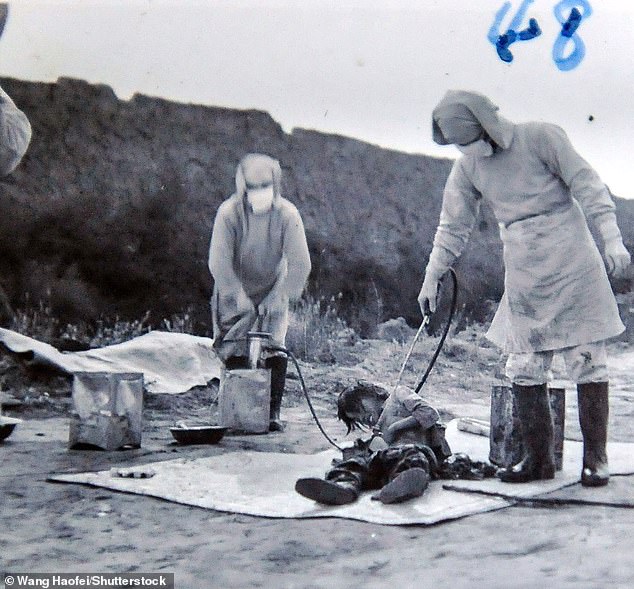
A human ‘subject’, apparently a young Chinese citizen, is subjected to an unknown form of bacteriological test at Unit 731
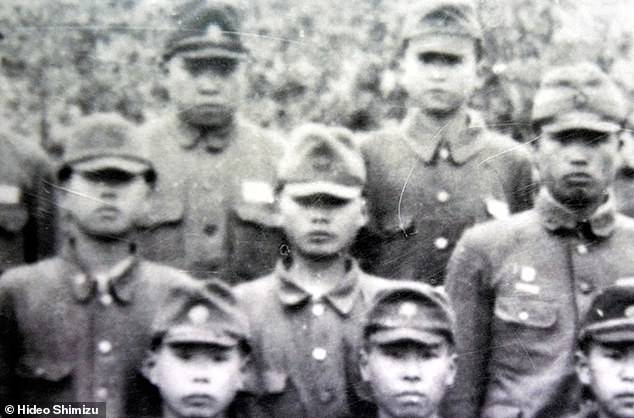
Hideo Shimizu, center, in 1945, when he was a teenage cadet newly recruited to Unit 731
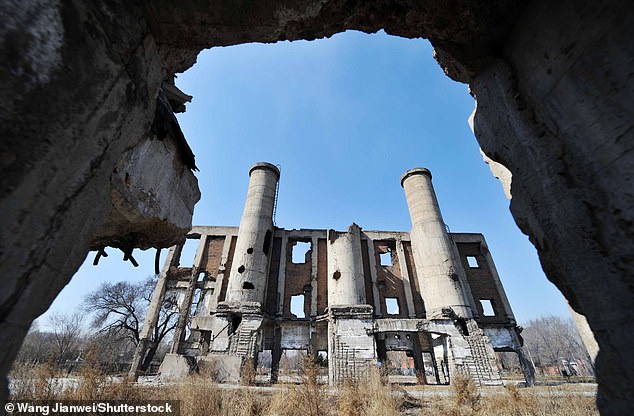
The ruins of one of the Japanese war facilities during World War II in the northeastern Chinese city of Harbin
The veteran realized he had to break his silence for the sake of the next generation.
Now a retired architect who has built a comfortable life for himself and his family, Shimizu tried to bury his dark past, without revealing it even to his closest relatives.
But memories of his past life returned when he and his wife visited a war museum in 2015.
He couldn’t contain his emotions when he saw a photo among the remains of a large brick building: the Epidemic Prevention and Water Purification Department of the Kwantung Army, or Unit 731.
He found himself telling his wife everything he knew about the building, eventually admitting that his knowledge was firsthand, as he himself had been a member of the biological warfare unit.
Unit 731 was built in 1936 in modern-day Harbin, northeastern China, for the Imperial Japanese Army to conduct research on germ warfare, weapons capabilities, and the limits of the human body.
The covert operation was originally carried out under the guise of a sawmill and then a water treatment plant.
Although it was human flesh and not wood that the sick scientists chopped up, they dehumanized their victims by calling them “marutas,” or wooden blocks, in Japanese.
‘So many ‘marutas’ have died, and the Japanese soldiers have also been dissected. I often wonder why on earth Unit 731 had done so many bad things?’ Shimizu said.
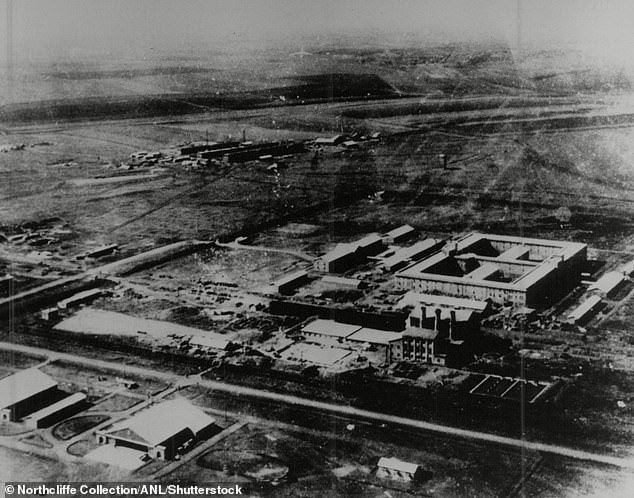
An aerial photo shows the camp, which housed prisoners of war on whom experiments were conducted
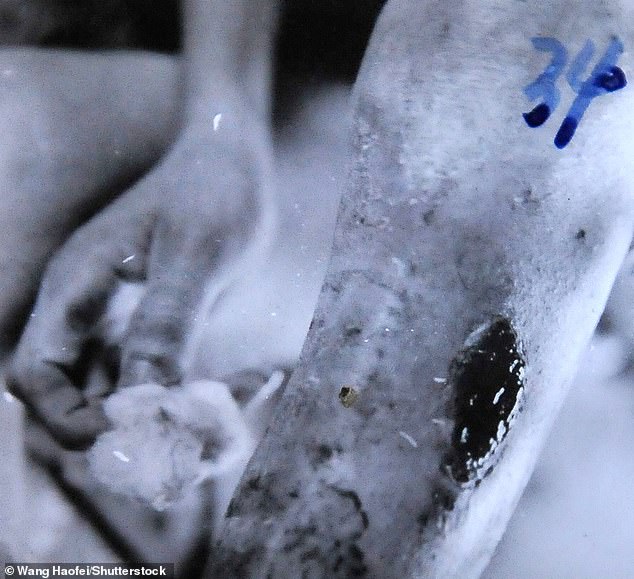
Wound of a plague patient during a bacteriological test conducted by the Japanese Unit 731
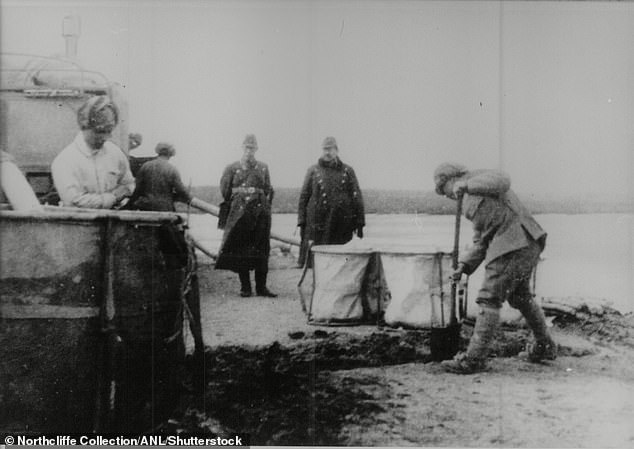
Shimizu was called upon to bury the burned bones of murdered prisoners in an attempt to cover up the unit’s crimes. Pictured: Graves at Unit 731
He was recruited into the unit’s ranks in late March 1945, just a few months before the war ended, to serve as a ‘probationary technician’.
A photo remains of Shimizu as a teenage cadet in uniform next to his comrades when he joined up.
His former teacher had encouraged him to take up the work because of his aptitude for arts and crafts.
“I knew nothing about what the military was or what it specifically did,” he said in a recent interview.
He expected to be sent to a factory, but instead he and five other boys from his village were put on a train to China to work in the laboratories of Unit 731.
He says that even now he has nightmares about the day in July 1945 when he was taken to a trial room in the second-floor hall of the building.
The room contained jars, he said, some as large as an adult, all containing human body parts preserved in formalin.
“There were some that were cut in half vertically so you could see their organs,” Shimizu said.
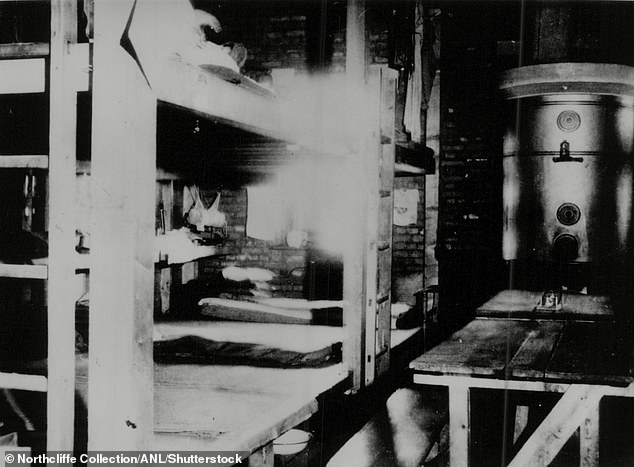
The photo shows some facilities of the infamous germination test camp
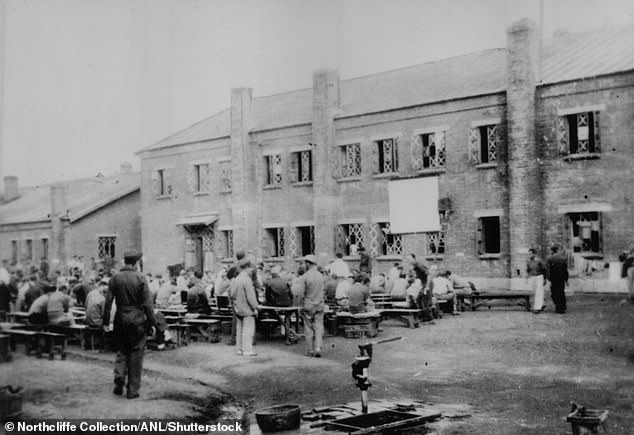
The photo shows prisoners – known as ‘maruta’, meaning tree trunks – and guards at the death camp
‘There were children; ten or twenty, maybe more. I was astounded. I thought, ‘how can they do this to a little child?’
It was the first time Shimizu had seen corpses, and he couldn’t stop crying, while the person who took him on the tour said nothing.
‘I think they took me there because they wanted to see how I reacted to the sight of the logs. All I could think about was, ‘What are they going to make me do?’ he said.
Shimizu soon realized that he was being trained to perform dissections himself.
Fortunately, the child soldier was saved by the course of the war, which would end abruptly weeks later with the surrender of Japan.
Three days after the atomic bomb was dropped on Nagasaki, Shimizu was called to the camp prison, morbidly called the “Log Cabin,” to bury the burned bones of murdered prisoners in an attempt to conceal the unit’s crimes.
Soviet forces invaded the former Manchuria in August, and he and other members of the unit withdrew to Japan.
The soldiers and technicians were given a cyanide compound and ordered to commit suicide rather than be captured.
After returning to Japan, Shimizu never spoke again about what he saw or heard in the killing camp.
Today the site, now a museum, reflects many of the chilling features of a former Nazi death camp with its disused railway line and haunted buildings.
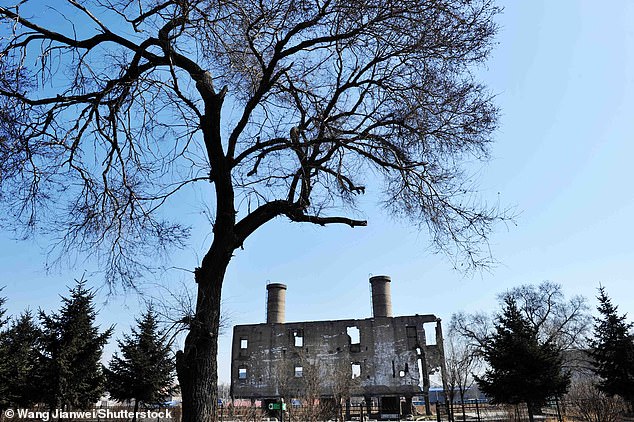
The ruins of one of the germ control facilities, with two large chimneys
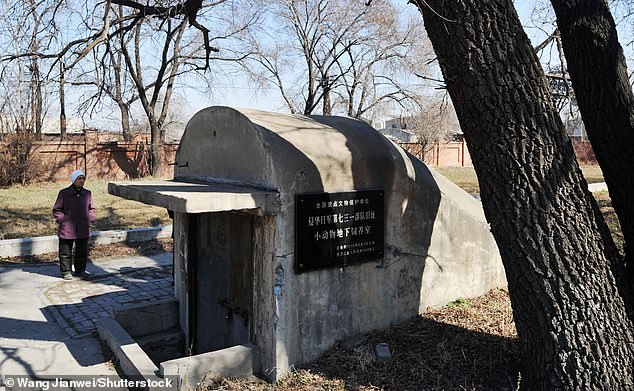
A woman visits the ruins of one of Japan’s war facilities during World War II
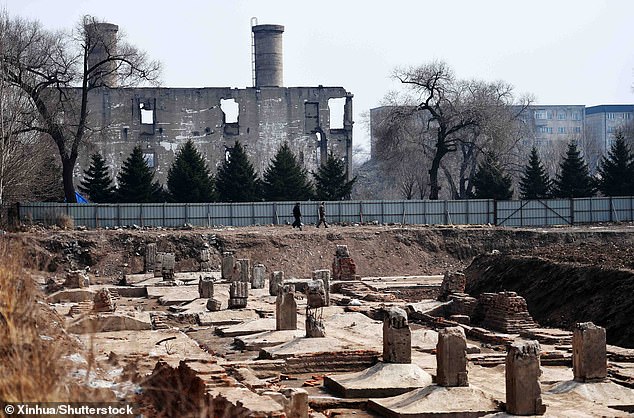
The location of Japan’s Unit 731 in Harbin, which was opened to the public to mark the 70th anniversary of the end of World War II
One structure still contains rows of cages that housed giant rats that Japanese doctors used to produce the bubonic plague.
The horrific disease was later unleashed on hundreds of thousands of Chinese by dropping plague-bearing fleas on villages as part of biochemical warfare experiments.
Photos from the book Unit 731: Laboratory of the Devil, Auschwitz of the East show Japanese soldiers participating in vivisection, in which they perform surgery on a living person to study living tissue and organs.
Despite the overwhelming evidence of the crimes of the Japanese Imperial Army – and the cover-up by the US and others – many in Japan still refuse to believe Shimizu.
He was insulted online by right-wing nationalists who refused to accept that Japanese troops could have behaved so shamefully.
“This old biddy tells lies… Either that, or he doesn’t exist,” wrote one conspiracy theorist.
In response to their claims, Shimizu shared The Asahi Shimbun newspaper: ‘They don’t know what terrible things Japan has done to people in other countries.
“No matter what people say to me, I must continue to tell the truth, otherwise future generations will be denied the opportunity to learn about it.”
